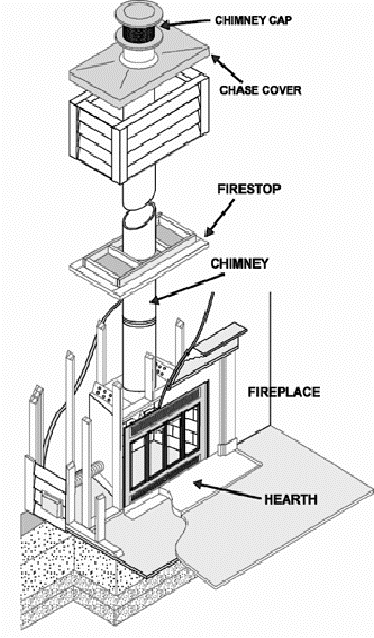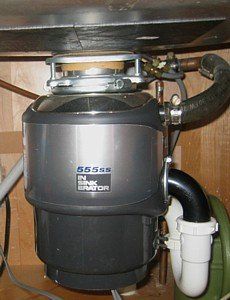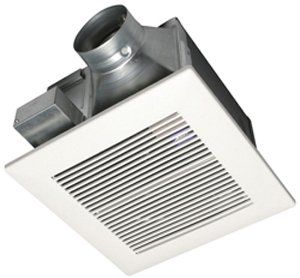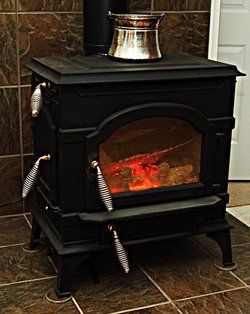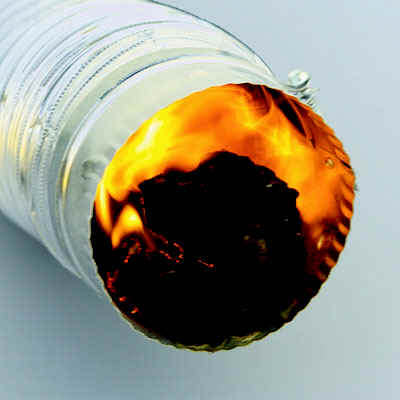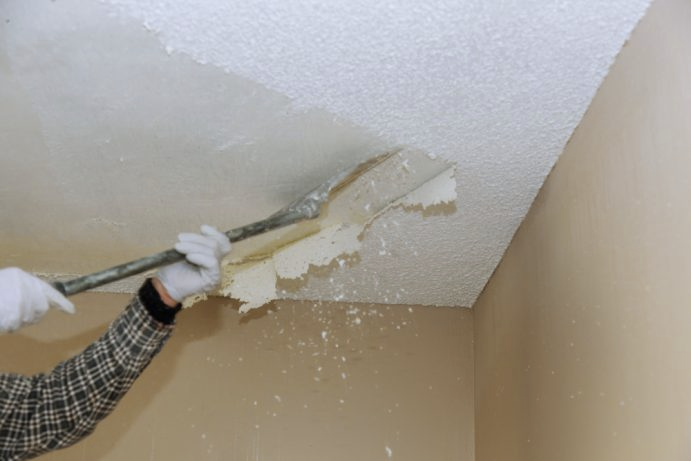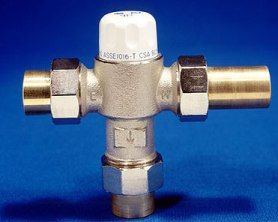Asbestos & Popcorn Ceilings
When to Test for Asbestos in Popcorn Ceilings
What are Popcorn Ceilings?
Popcorn ceilings (also known as “stucco,” “acoustic,” or “cottage cheese” ceilings) were very popular in both residential and commercial construction from the 1950s to the 1980s. Builders and homeowners alike were drawn to the bumpy, spray-on texture because it was quick and easy to apply, helped disguise ceiling imperfections, aided in noise absorption, and offered some level of fire resistance.
While they’ve since fallen out of favor, popcorn ceilings are still present in many homes built before the 1990s. Unfortunately, a large number of these ceilings contain asbestos, which was a common ingredient in textured paint until its health risks became known and it was eventually banned from being used in textured paint by the Consumer Product Safety Commission.
If you have popcorn ceiling in your home and are worried it might contain asbestos, continue reading to find out when and how to have it tested.
Protect your family from the potential dangers of asbestos exposure and get your sample tested today.
How Dangerous Is Asbestos in Ceilings?
Popcorn ceilings generally contain between 1% and 10% asbestos. While this may seem insignificant, it’s important to note that any percentage of asbestos in popcorn ceiling is cause for concern and should be addressed.
Thankfully, asbestos doesn’t pose any serious health risks as long as it’s left completely intact and undisturbed. However, popcorn ceilings are constructed from highly friable (crumbly) materials, and even the slightest disturbance can release toxic asbestos dust into the air. If inhaled, asbestos dust can lead to serious health issues.
Because of the risk it poses to your family’s health, it’s a good idea to have your popcorn ceiling professionally tested, especially if you notice any crumbling or if you plan to remodel your home.
How Common Is Asbestos in Popcorn Ceilings?
Spray-on paint that contains asbestos is no longer used in new construction, but it’s still present in many American homes. Although strict regulations were imposed in the 1970s, previously manufactured asbestos paint may have been used in homes built as recently as the 1990s.
While there’s no way to determine exactly how many homes have asbestos popcorn ceilings, data from the U.S. Census Bureau indicates that over 50% of existing homes likely contain asbestos in one or more building materials.
How to Identify and Test for Asbestos
Unfortunately, you generally can’t tell whether a popcorn ceiling contains asbestos by examining it visually. But because of its widespread use in the past, if your home was built before the 1990s and has popcorn ceilings, you should operate under the assumption that they may contain asbestos.
Asbestos sampling kits are available at some hardware and home-improvement stores, but the results won’t be as reliable or accurate as professional testing. The best way to determine if asbestos is present is to have your ceiling material tested by an accredited lab. You can have an expert come and collect your sample for you or you can collect it yourself and send it to the lab for testing.
If you choose to collect the sample yourself, here’s what you should do:
- Protect your safety: Use caution and make sure you don’t inhale any dust. Use a wet, soapy wipe to collect any debris generated during the sampling process. If the floor is carpeted, lay a plastic sheet down to catch the dust.
- Make sure you collect enough material:, You’ll need to collect at least a couple of teaspoons of the ceiling material, and it’s a good idea to sample from at least three different areas of the ceiling.
- Secure your sample: Place the sample(s) in zip-lock bags and make sure they’re completely sealed.
- Wash your hands: Before touching your face or clothes, clean your hands thoroughly with soap and water.
- Deliver your sample: Samples can be hand-delivered to JSE’s Milwaukie laboratory or you can use a delivery service such as USPS, FedEx, or UPS and mail it to 3315 SE Harrison St. Milwaukie, OR 97222.
What to Do If You Find Asbestos in Your Popcorn Ceiling
When performed by an accredited laboratory like JSE Labs, professional asbestos testing and analysis is very reliable. If the results of your test indicate the presence of asbestos in your popcorn ceilings, you generally have three options: encase it, encapsulate it, or have it removed – which is referred to as abatement.
Encasement
Encasement involves covering the asbestos popcorn ceiling so it can’t produce toxic dust. This can be done by installing new ceiling panels or by spraying the ceiling with a special kind of vinyl paint. Either of these options should be performed by a professional who knows how to safely and effectively encase asbestos.
Encapsulation
Encapsulation involves treating the asbestos-containing popcorn ceiling with a special sealant material. There are two primary types of encapsulants. Bridging encapsulants create a membrane over the ceiling, surrounding the asbestos fibers and preventing them from escaping. Penetrating encapsulants are designed to penetrate the asbestos-containing material and bind the components together, preventing deterioration.
Encapsulation is considered a safer way to deal with asbestos, but keep in mind that if you ever decide to remodel or otherwise disrupt the ceiling, the asbestos will still need to be addressed.
Abatement: Hire a Professional to Safely Remove It
In some cases, it may be necessary to remove the popcorn ceiling altogether – if you’re remodeling, for example. Asbestos removal is a very complicated and delicate process. It’s not recommended that you attempt it yourself, as it could increase the risk of exposure to you and your family.
Removal should be performed by a trained and accredited asbestos professional. Asbestos abatement professionals know how to handle hazardous materials. They have the resources and training necessary to remove popcorn ceilings and other building materials safely and thoroughly.
What are the Health Risks of Asbestos Exposure?
As long as they’re left completely undisturbed, popcorn ceiling and other asbestos-containing materials may not pose a risk to you and your family. But no building material lasts forever. Eventually, you may want to renovate or remodel your home. Even if you leave them alone entirely, popcorn ceilings are prone to crumbling and chipping over time.
When popcorn ceilings are disturbed, asbestos fibers are released into the air. When inhaled, asbestos dust can pose a serious risk to you and the people you love. Health issues caused by asbestos inhalation include:
- Chronic coughing
- Shortness of breath
- Asbestosis
- Mesothelioma
- Lung cancer
- Other cancers, including of the gastrointestinal tract, throat, or kidneys
Some people are at higher risk of developing serious health issues as a result of breathing in asbestos dust. Vulnerable populations include infants and children, the elderly, pregnant people, and people living with chronic illnesses.
